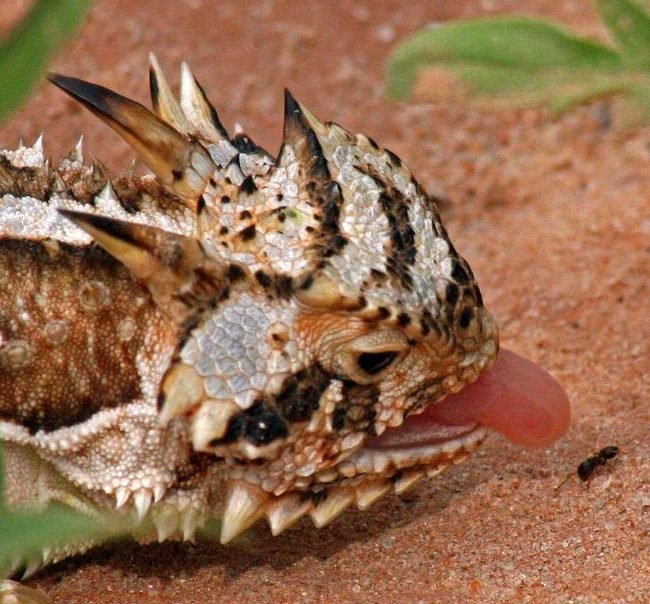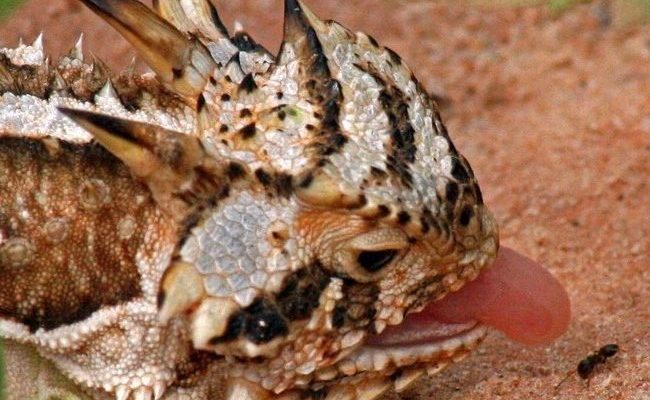
The truth is, many species of horned lizards are starting to disappear, and that’s raising alarms in conservation circles. Think of them as the canaries in the coal mine for their ecosystems. When a horned lizard thrives, it signals a healthy environment. But when they begin to dwindle, it’s a wake-up call for biodiversity. Let’s dive into the world of horned lizards, exploring their status, the challenges they face, and what conservationists are doing to help.
Understanding Horned Lizards
Horned lizards, belonging to the family Phrynosomatidae, are often known for their distinctive horns or spiny bodies. These lizards primarily inhabit arid regions in North America, particularly in the southwestern United States and Mexico. Species like the Texas horned lizard and the greater horned lizard have become iconic representatives of their kind.
They’re not just fascinating to look at; their biology is equally interesting. Horned lizards can change their color to blend into their surroundings, a clever tactic to evade predators. However, their most famous defense mechanism is the ability to squirt blood from their eyes—talk about a unique survival strategy! This behavior can distract predators, giving the lizard a chance to escape.
It’s essential to appreciate these creatures’ roles in their ecosystems, as they help control insect populations and serve as prey for larger animals. However, understanding their significance also means grasping the threats that endanger their existence.
Are Horned Lizards Endangered?
So, are horned lizards endangered? The short answer is: it depends on the species. For instance, the Texas horned lizard is classified as a species of concern due to habitat loss and declining populations. Meanwhile, some horned lizard species have managed to maintain stable numbers.
Conservation status can vary significantly among different species and regions. The International Union for Conservation of Nature (IUCN) provides valuable insight by categorizing species based on their risk of extinction using terms like “vulnerable” or “endangered.” For horned lizards, habitat destruction, climate change, and invasive species pose substantial risks, pushing some species toward the brink.
You might be wondering why habitat loss is such a big deal. Simply put, lizards need specific environments to thrive. Urban development, agriculture, and even climate changes alter their natural habitats, making it challenging for them to find food and shelter.
The Threats to Horned Lizards
Horned lizards are facing a host of challenges in the wild. Here are some of the most significant threats that impact their survival:
- Habitat Loss: Agriculture and urban sprawl are transforming deserts and grasslands into cities and farms. This change means fewer places for horned lizards to live and fewer insects for them to eat.
- Climate Change: As temperatures rise and weather patterns shift, the fragile ecosystems that support horned lizards become more unstable. This can lead to a decrease in food sources and suitable habitats.
- Pesticides and Pollution: Chemical treatments in agriculture can poison the insects that horned lizards rely on for food, disrupting their food chain.
- Invasive Species: Non-native plants and animals can outcompete local species, changing the landscape in ways that are detrimental to horned lizards.
When we look at these threats, it’s clear that a multi-faceted approach is needed to help protect horned lizards and their habitats.
Conservation Efforts for Horned Lizards
Despite the numerous challenges horned lizards face, there are various conservation efforts underway to help them. Organizations, both governmental and non-profit, are stepping in to protect these unique reptiles and their ecosystems.
One approach is habitat restoration, which involves cleaning up and reestablishing areas where horned lizards once thrived. This can include removing invasive plants or creating protected areas where lizards can live and breed safely.
Education and awareness campaigns are also vital. By informing the public about the horned lizard’s plight, we can foster a sense of responsibility and connection to these creatures. Schools, zoos, and community programs are increasingly taking up the mantle of educating future generations about conservation.
Moreover, researchers are studying horned lizard populations to better understand their needs and behaviors. This information is crucial for devising effective strategies to protect them. For example, by learning how they react to changes in the environment, scientists can predict how different conservation actions might impact their survival.
How You Can Help Protect Horned Lizards
Now that we understand the plight of horned lizards, you might be thinking, “What can I do to help?” Here are some simple ways to contribute to their conservation:
- Support Conservation Groups: Donating to organizations that focus on habitat restoration and species protection can make a real difference.
- Spread Awareness: Share information about horned lizards with friends and family. The more people know, the more likely they’ll want to help.
- Avoid Pesticides: If you garden, consider using organic methods to keep your space friendly for local wildlife.
- Contact Local Representatives: Advocate for policies that protect green spaces and native wildlife in your area.
By taking these actions, you can be part of the solution to ensure future generations can enjoy the sight of horned lizards in their natural habitats.
The Future of Horned Lizards
What does the future hold for horned lizards? Honestly, it’s a mixed bag. On one hand, the ongoing efforts to conserve their habitats and educate the public bring hope. Conservationists are more aware than ever of the issues these lizards face, and there’s a growing movement to protect them.
On the other hand, the rapid pace of environmental change is concerning. Climate change continues to create unpredictable scenarios for wildlife everywhere. The balance of life is delicate, and horned lizards serve as an important indicator of the health of their ecosystems.
As we move forward, it’s crucial to stay engaged with conservation efforts and adapt strategies in response to the challenges on the horizon. After all, if we’re going to protect these unique creatures, we need to be as adaptable as they are.
With a bit of awareness and action, we can help ensure that horned lizards remain a vibrant part of our world. So next time you hear about these remarkable reptiles, remember their struggles and triumphs, and think about how we can all play a role in their survival.

